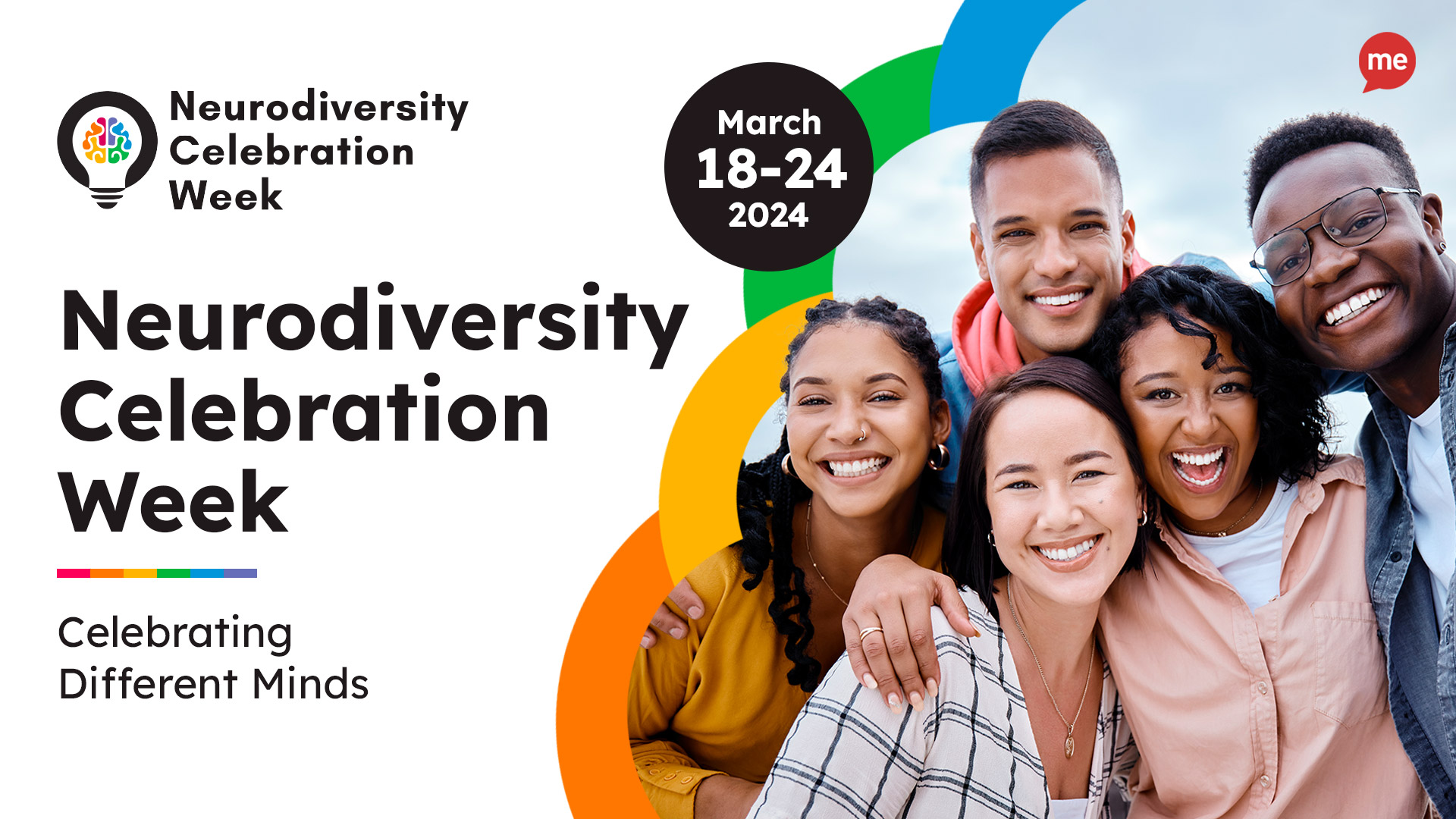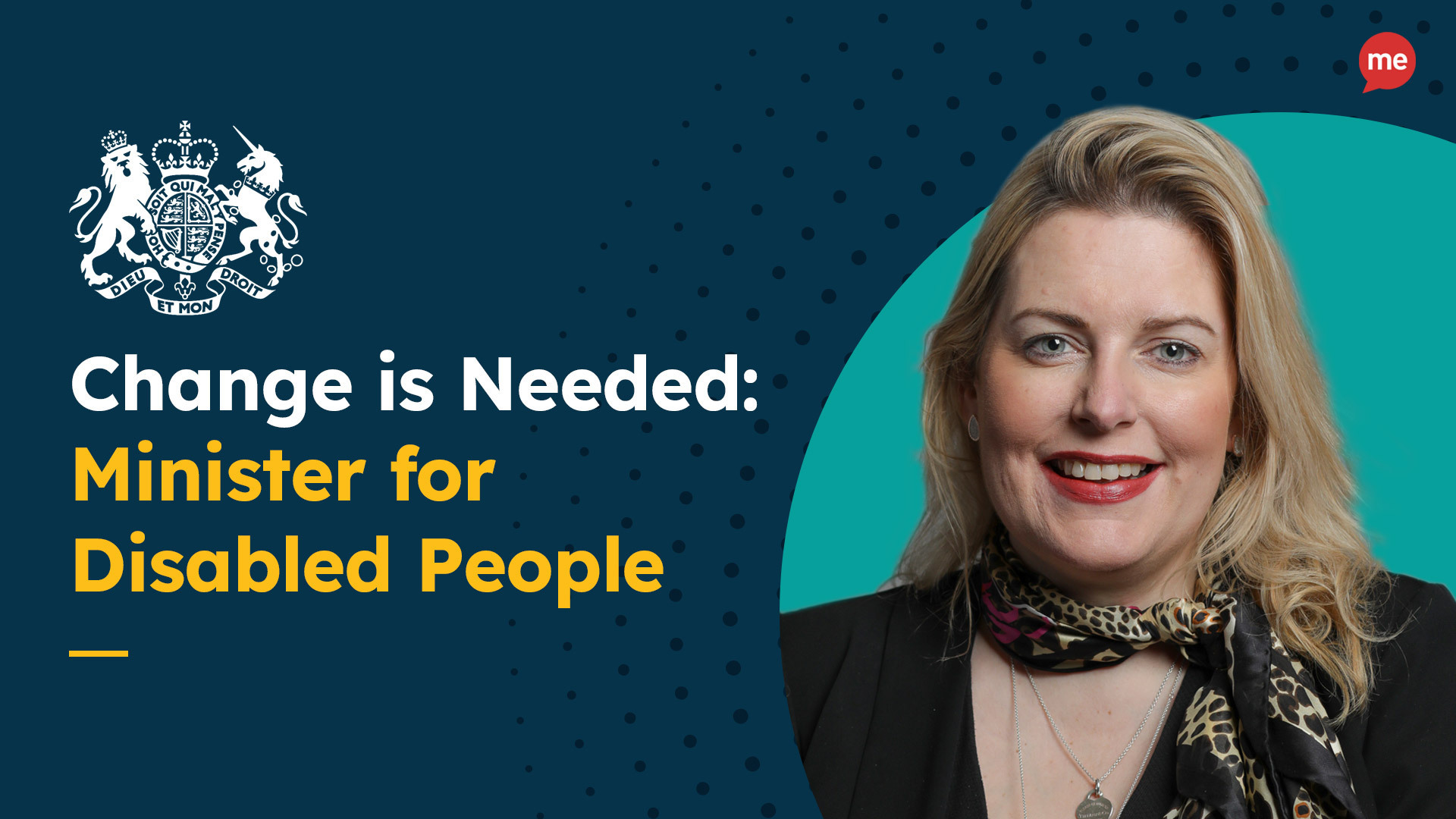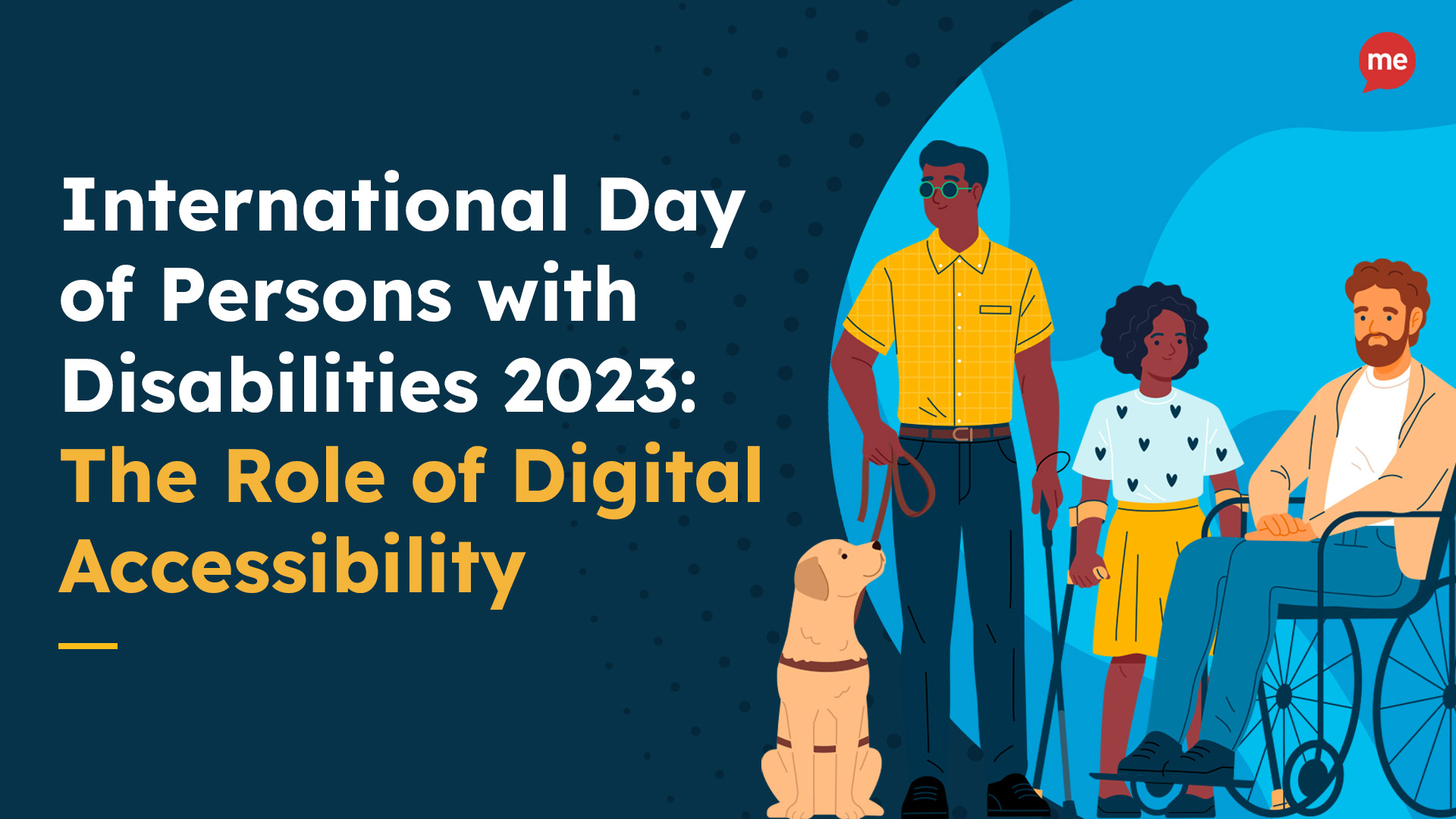With the impact of COVID-19 making the majority of people work remotely and shifting everyday tasks online, this got Recite Me Sales Manager Martin Robertson thinking. What does “Accessibility” really mean to him and how this word now has so many different connotations.
Martin shares with us his thoughts on accessibility and his journey through the changing world of online inclusion.
I have been thinking about my own experiences during the time I’ve been at Recite Me and what accessibility means, primarily as it could be so many different things, whether that’s the design of a building, a town, a city, a bus, a train or a car (you get the idea, I won’t go on!), or, as is more common for me, a website or other platform accessed via a browser.
Often my day includes at least 1 conversation where I’m explaining the basics of the Web Content Accessibility Guidelines (WCAG, which you can read more about at https://www.w3.org/WAI/standards-guidelines/wcag/) and how that differs from the Recite Me offering (which is more about inclusion, but I’ll get to that).
Typically, my conversations are with those who don’t have any technical experience when it comes to the build of their sites or the platforms they use; think of the Diversity and Inclusion, Talent, HR, Marketing or Communications lead who has a responsibility and a desire for accessibility and inclusion, but doesn’t have the direct responsibility for the website/platform/application.
Something that I’ve said a few times in presentations and webinars with audiences in these roles is that they should be asking their teams and/or vendors if the site/product/platform is built to WCAG AA. If the answer is yes, then great, be inquisitive about the level achieved and talk about what can be further improved. If the answer is no, they should challenge why not (hint, there’s no reason not to, not a good one anyway) and make sure it’s included in the scope from that point onwards. And if (as has happened) the answer is ‘what’s that’, then find a new vendor or invest in training for the team and people responsible.
It is vital for users of assistive technology widget tools such as screen readers that you are striving to achieve these standards.
Buyer Beware: There are companies and products out there that will claim to make your site ‘accessible in minutes’, or ‘compliant using just a couple of lines of code’. They won’t and they can’t, because they can’t change the build, and neither can Recite Me, that’s your job.
WCAG experts often, and rightly call out these claims as being nonsense (you can read the latest one I saw at https://developer.paciellogroup.com/blog/2020/05/bolt-on-accessibility-5-gears-in-reverse/).
But for me, achieving WCAG compliance is not the end of the journey when it comes to accessibility. Another recent read was a piece by Vijay Matthew of Howlround Theatre Commons (https://howlround.com/making-your-website-accessible-vital-your-equity-diversity-and-inclusion-efforts) in which he states;
“Our biggest lesson, however, was learning that simply complying to technical standards is not the same thing as true inclusion. We can’t just check the box of compliance and think that the work is done. It is quite possible to make a website that technically passes all the accessibility tests but that still is terribly difficult for a person to use.”
I’d been trying to articulate that thought for 4 years!
It’s here, in the world of being inclusive and promoting inclusion online that Recite sits and my focus is. Imagine if you will the person with Irlen Syndrome (you can learn what Irlen Syndrome is at https://www.irlensyndrome.org/what-is-irlen-syndrome/) who has a preference for green background and black text. A site that is compliant as far as standards and guidelines are concerned is still difficult for that person to use and, is difficult to replicate in most (all?) browsers. Here’s what google returns as theme extensions for example https://chrome.google.com/webstore/category/themes.
Now, what about the person who has a preference for a particular shade of blue, using a particular font, in a particular language, but has sensory issues so would love to see that image carousel disappear. You (as in the provider of the site/platform/application) can’t accommodate this. It simply wouldn’t work for everyone, and that’s the point, we’re all individual, we all have our own preferences, you cannot provide an experience that works for all by meeting the highest of Web Accessibility Guidelines, it’s not possible (but you should still be building to them (see above)).
What you can do is give people as many choices as possible, so that their experience is as inclusive as it can be. That is what Recite does. What it does not do, is make your site ‘accessible’, it helps you make your online world more inclusive for users and visitors.
All of which leaves me thinking that the answer to the question I posed myself when I started this ‘What does Accessibility mean to me’ is, it means 2 different things – it means compliance, but it implicitly means inclusion too.
I might start talking about Recite as Accessyclusion software!






